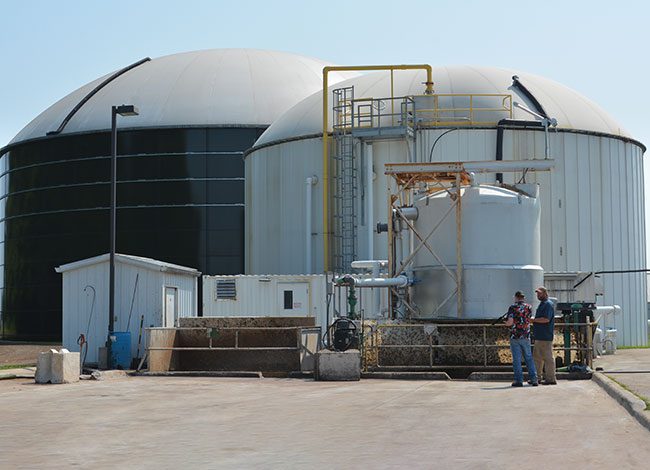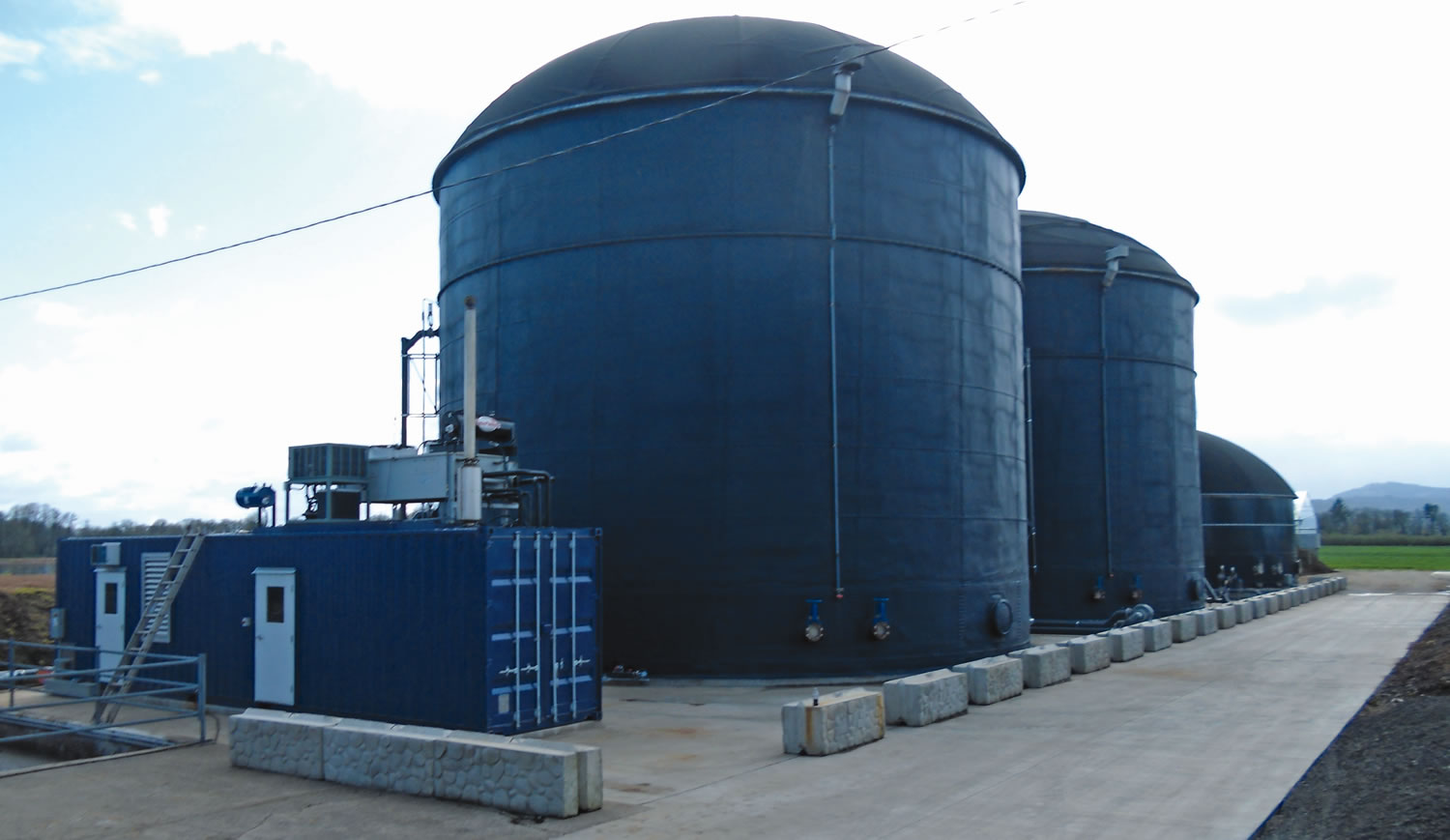
Industrial water treatment is a method for a range of industries. They are efficient, affordable, and compact systems to handle different water purification and separation requirements. The water treatment sector has already seen the arrival of WOG Group. We now have a highly qualified team focusing on anaerobic absorption wastewater treatment thanks to it. Water is one of the natural resources we want to use as effectively as feasible. One of the major problems for companies is industrial water loss. A popular technique for biologically stabilising waste solids produced in industrial wastewater treatment is an Anaerobic Digester System. Furthermore, 82% of each of these treatment methods has special features for different industries.


Process Water Treatment Definition
Therefore, a variety of process water technologies are used to produce water based on the feed water, the final water quality, and the volume requirements. The precise process water needs of different industries and facilities range greatly. From a variety of feed water sources, it creates high-quality processed water while drastically lowering water usage. Water used in manufacturing, industrial processes, power generation, and other similar uses is referred to as industrial process water.
Anaerobic Digester System
Organic waste is broken down by microbes during anaerobic digestion, it results in the production of biogas, a mixture of methane and carbon dioxide.
- Waste minimization Anaerobic digestion can be used to treat organic waste from sewage, farms, and food refuse in addition to helping to decrease organic waste.
- Source of renewable energy: Biogas is produced by anaerobic digestion, which is a renewable energy source that can help lessen dependence on fossil fuels. Biogas can be used to create electricity or heat or industrial power plant.
- Digestate, a solid byproduct of anaerobic digestion, it is helpful in soil amendment because it contains minerals and promotes the health of the soil.
- Anaerobic digestion can aid in reducing methane emissions from organic refuse, which in turn reduces greenhouse gas emissions.
- Reduced emissions of greenhouse gases: Methane, a powerful greenhouse gas that fuels climate change, can be removed from organic refuse through anaerobic digestion.
Anaerobic Vs. Aerobic Water Treatment: Differences
The two organic wastewater treatment systems are aerobic digester systems and anaerobic digester water treatment systems.
- The main difference between the two is that aerobic digestion takes place in the presence of oxygen while anaerobic treatment occurs in the lack of oxygen.
- While anaerobic digesters use microbes to break down and remove organic pollutants from wastewater, aerobic wastewater treatment systems use oxygen-feeding bacteria and protozoa to purify water.
- Aaerobic systems are less energy effective due to the need for circulating wastewater aerobics systems, while using anaerobic systems, biomass waste is protected from the atmosphere.
- Normally, it uses anaerobic bacteria in wastewater remediation. These bacteria’s primary function in the treatment of sewage is to lessen the amount of sludge and turn it into methane gas.
- Compared to anaerobic digester systems, aerobic digester systems have higher operating expenses.
As we can use methane gas as an alternative energy source if it clean and handle properly, this type of bacteria is more commonly used than aerobic bacteria. Given the already elevated amounts of energy consumption for wastewater treatment of industries, this is a huge benefit. While anaerobic systems are used to prevent biomass sludge from being exposed to air, aerobic systems are less energy effective due to the need for circulating wastewater aerobics systems.
The efficiency of Bacterial Decomposition in an Anaerobic Digester
Significant space savings, lower liquid effluent emissions, and significant liquid resource savings are the primary benefits of this technology. The following benefits of anaerobic treatment over aerobic therapy:
- Anaerobic digesters will not use any energy.
- The reactor’s surface size will decrease.
- Over time, industries will use fewer toxins.
- Sludge removal expenses will slow bacteria’s breakdown in anaerobic digesters.
- Various processes will use considerable anaerobic bacteria.
- To make sure that processed water is adequately sterilized before putting it in a water channel. Aerobic treatment will be done after anaerobic treatment.
The Use Of Anaerobic Decomposition And Thermal Hydrolysis
Dewatered raw sewage is fed into pulper containers at a rate of about 17%. The primary and secondary treatment facilities at the wastewater treatment facility will become warmer as a result. Thermal hydrolysis will remove the harmful substances by a furnace and then flush the material at extremely high temperature. The waste is then cooled and fed into anaerobic digesters, where it will digest for about 15-20 days. This will result in the production of bio-gas, which we can use for power engines and to create electricity during this period. The pulpers are initially warm up using waste heat from these motors as well. Due to dilution waters, what is remaining at this point has a solid content of about 6%.
Performing Out Anaerobic Digester System
Anaerobic digestion is a typical method by which bacteria naturally break down organic substances. Anything that is derived from plants or animals is referred to as “organic material.” Anaerobic digestion takes place in enclosed areas without access to oxygen. The following substances were referred to as organic. Food waste, animal waste, fats, oils, grease, and residual industrial organic materials can all be processed by a digester. Anaerobic digestion resulted in the production of biogas. Microbes break down organic substances in the absence of oxygen. Methane (CH4) and carbon dioxide (CO2) were the main biogas products we produced, with a little bit of water vapor and other gases tossed in for good measure. CO2 and other greenhouse gases can be removed, leaving only methane.
Environmental Benefit
An anaerobic digester can greatly improve the system’s efficiency and environmental performance, despite being only one component of the overall system. Biogas is mainly created by an anaerobic digestion system by converting organic waste. The environment and administration could benefit greatly from this conversion. By eliminating organic material, the digester reduces the organic matter-loading and associated oxygen demand on downstream manure-handling components. The downstream components might then be able to function more efficiently, with less negative environmental effects, and in smaller proportions. This will transform the Plant components| and preserve them by anaerobic decomposition. This could be helpful or irritating. If applied directly to the soil, ammonium-rich effluent is very readily accessible for plant growth.
Finally, companies that produce wastewater may benefit from WOG Group solutions. We are presently working to honour our upcoming missions. As a provider, we offer the choice of water recycling and effective use. Each industrial Wastewater Treatment Plant is unique and created to satisfy the needs of the particular business. Water transports a wide range of waste products and molecular components. After removing the most hazardous elements, it produces pure industrial process water and prepares it for recycling. As a consequence, it committed us to achieve the performance, schedule, and cost objectives of our industry operators. We assist our clients in complying with new environmental regulations. https://econarticle.com/






